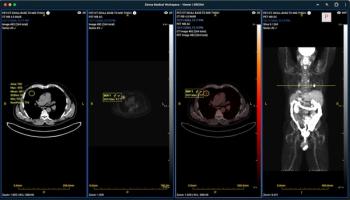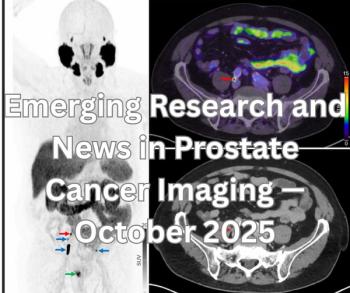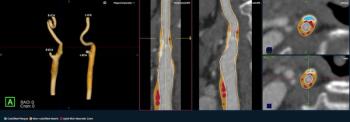
Referrers, Radiologists Differing Views on Virtual Consults
Connecting with radiologists for virtual consults yields varying opinions from referrers, radiologists.
Physicians find virtual consults (VCs) with radiologists useful in many cases, but radiologists may find them disruptive to their workflow, according to a study published in the
Researchers from Langone Medical Center in New York City, NY, performed a study to determine how physicians felt about a VC system that would allow them to consult with radiologists remotely.
The referrers directly accessed the VC through electronic medical records (EMRs) and used instant messaging to contact the appropriate subspecialist radiologist. The radiologist then accessed the VC through PACS. Along with the ability to communicate via the messaging service, both the referrer and the radiologist could view the radiologist’s PACS display through screen sharing. The radiologists’ and referrers’ feedback was evaluated after the institution’s first 110 VC sessions.
The results showed that this service was used most often by emergency physicians (27.3%) and those in internal medicine (13.6%). The radiologists’ most common subspecialties were abdominal (33.6%) and thoracic (16.4%) imaging. On average, the screen-shares lasted about 12 minutes.
The majority of referrers (80% to 90%) reported that the VC was easy to use. They also said that having access to VC was helpful in situations where location and time constraints made traditional consultation difficult, or if they needed a quick response for a targeted question. The referrers said that VC:[[{"type":"media","view_mode":"media_crop","fid":"48000","attributes":{"alt":"","class":"media-image media-image-right","id":"media_crop_3856503757490","media_crop_h":"0","media_crop_image_style":"-1","media_crop_instance":"5707","media_crop_rotate":"0","media_crop_scale_h":"0","media_crop_scale_w":"0","media_crop_w":"0","media_crop_x":"0","media_crop_y":"0","style":"height: 170px; width: 170px; border-width: 0px; border-style: solid; margin: 1px; float: right;","title":"©america365/Shutterstock.com","typeof":"foaf:Image"}}]]
• Was easy to use
• Improved their understanding of the radiology report
• Affected patient management
• Enhanced the radiologist’s role
However, although the referrers liked the VCs and the radiologists recognized referrers’ positive response to the system, the radiologists tended to view the VC as disruptive to their normal workflow.
Newsletter
Stay at the forefront of radiology with the Diagnostic Imaging newsletter, delivering the latest news, clinical insights, and imaging advancements for today’s radiologists.
































